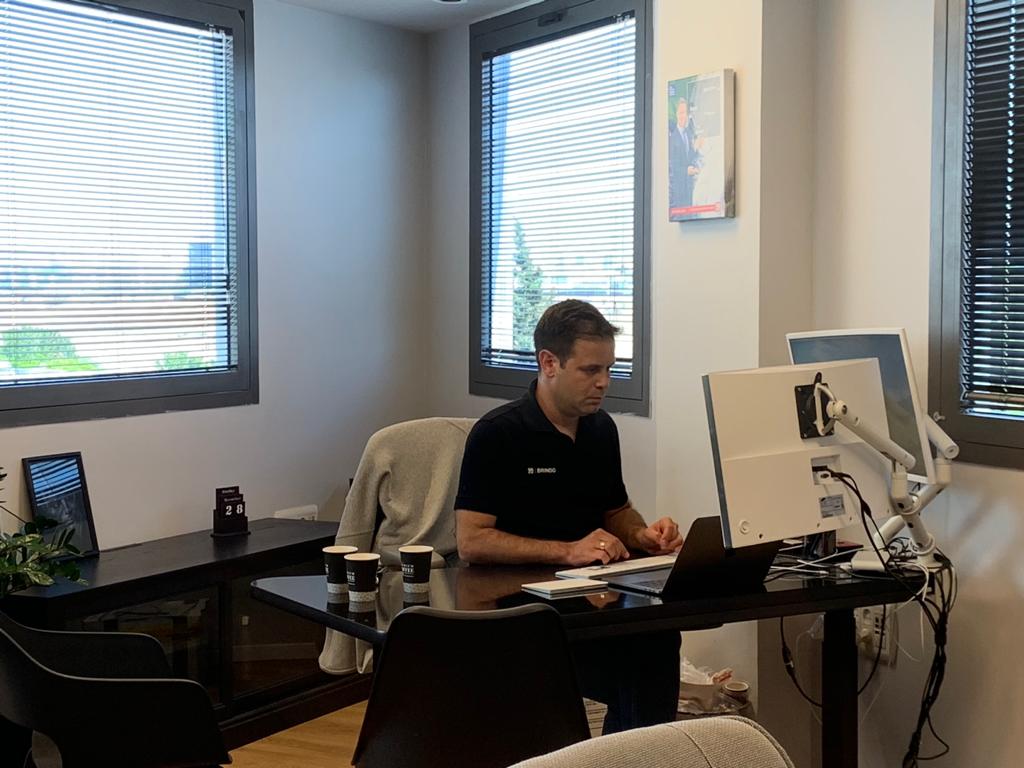[vc_row][vc_column][vc_empty_space][vc_column_text]I recently spoke on a popular Israeli podcast, 30 Minutes or Less. The podcast brings together entrepreneurs, CEOs and key personas from the high-tech industry. During the show, we discussed Bringg’s recent funding round that was finalized in the face of the Corona Pandemic, and the most natural question came up, “How was your company affected by COVID-19, and what did you need to do to manage?” Not an easy question, but one that I think all business leaders have pondered lately.
Specific to our space of logistics, delivery, last mile and fulfillment, we saw rapid, unpredicted change. The eCommerce market pulled forward by three years, bringing in adoption that was expected to hit in 2023 and beyond. Retailers, grocers, healthcare, restaurants and more were slammed by the growth of online sales and the resulting impact on their fulfillment and delivery models. In fact, we know that some of our customers reached 800% week over week growth in the height of the pandemic.
This is the effect of COVID on our market and customers. The effect on us was two-fold. First, we saw that overnight our customers’ solutions needs changed, and second, our prospects’ buying motivation changed.
For the first part, we had to understand the amount of growth our customers were experiencing and how they were going to operationally manage this within our solution. For example, how was a traditional restaurant doing off-premise delivery in Bringg going to quickly launch a curbside pickup offering?
This meant we needed to introduce our customer to our curbside pickup model from a technical and operational perspective. We needed to educate, implement and optimize for profitable business results. Luckily, our platform is open and modular – curbside pickup, for instance, is a module that can be implemented into your existing logistics models and configured to your business logic. Another example, adding an additional crowdsourced fleet, is just as simple. Customers can use our hub network already integrated with marketplaces and access third-party delivery providers from within the dashboard they were already using.
The second effect on Bringg was slightly different as it was associated with buying motivation. Prospects suddenly went from wanting a solution in order to expand and grow, to needing a solution to sustain and survive. This created a compelling event where suddenly prospects were coming to us to say, we can’t focus on a far-out customer experience project, we need a solution today for buy online pickup in-store (BOPIS) for retail. Prospects were asking for out of the box solutions they can implement based on best practices.
In enterprise sales, this changes the landscape. Marketing, sales, customer success and product need to become more agile. Timelines need to be reduced. For example, sales needed to demo these solutions virtually, marketing needed to change our messages to address the compelling event, and customer success needed to have faster onboarding and product needed to package our solution.
So bottom line answer to how we managed post COVID: we needed to make business, organizational, and product changes to meet the new business needs. And, as I closed in the podcast, I am proud of the quick pivot all our teams have made to ensure our customers and prospects can begin their journey down the new normal.[/vc_column_text][/vc_column][/vc_row]



